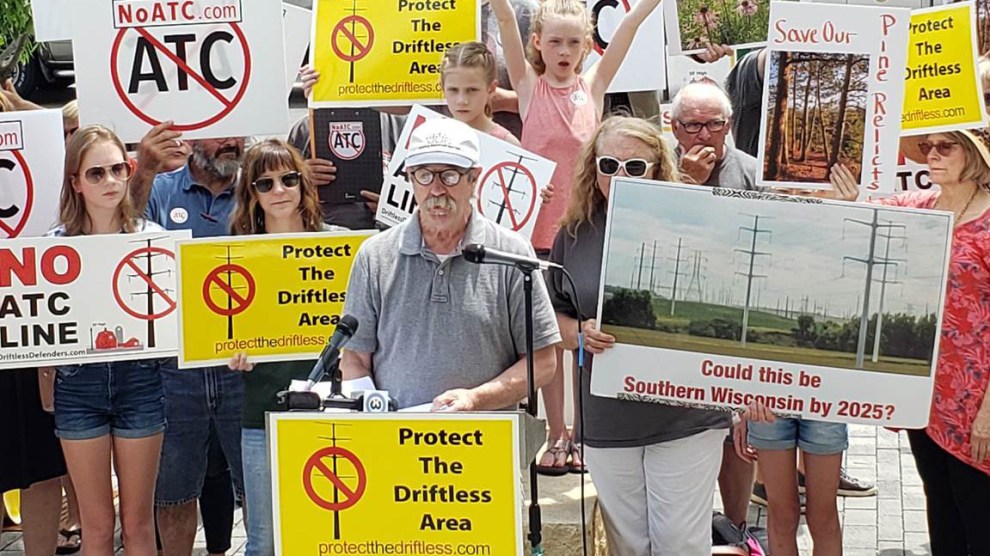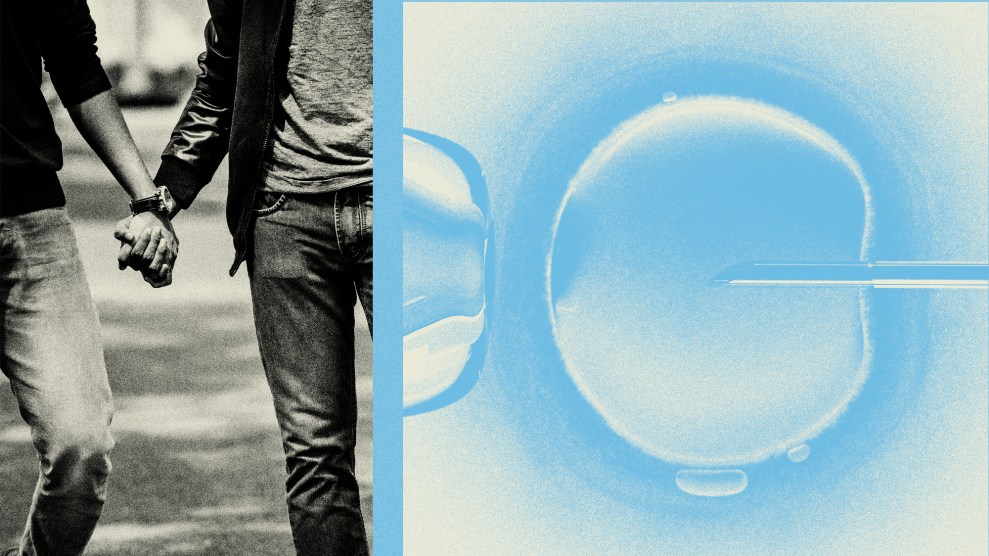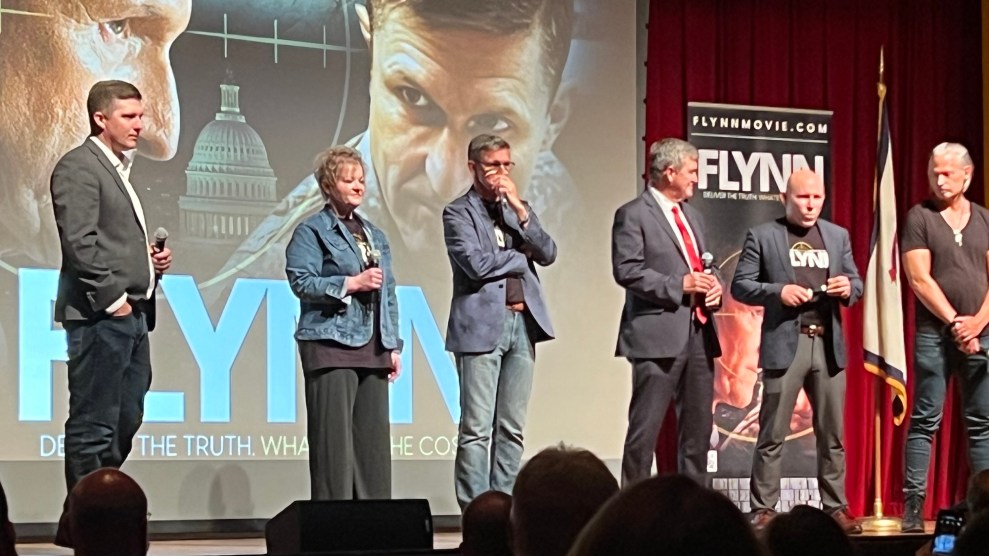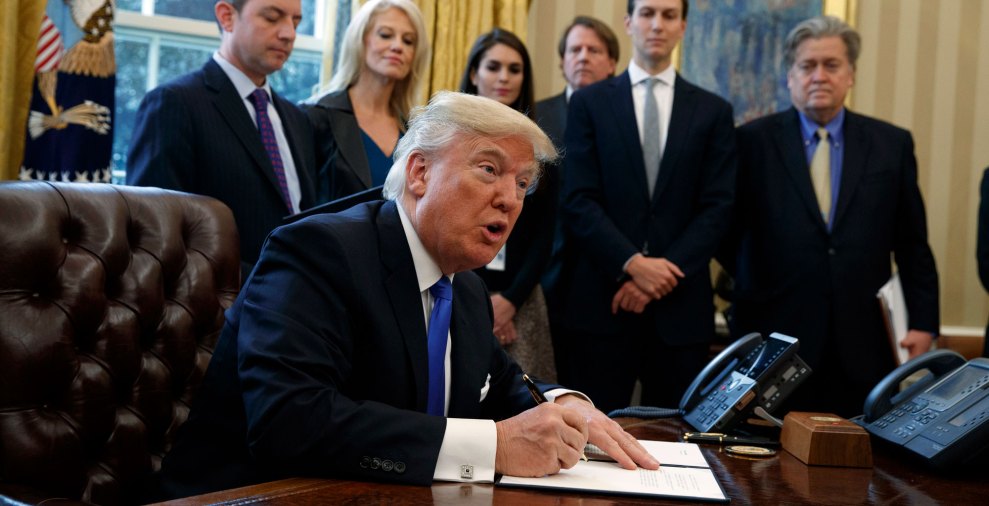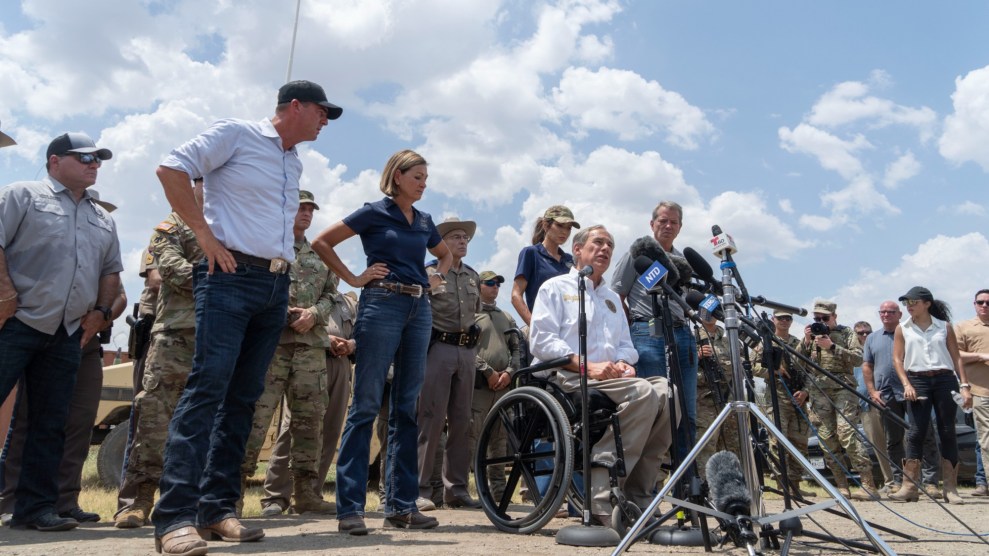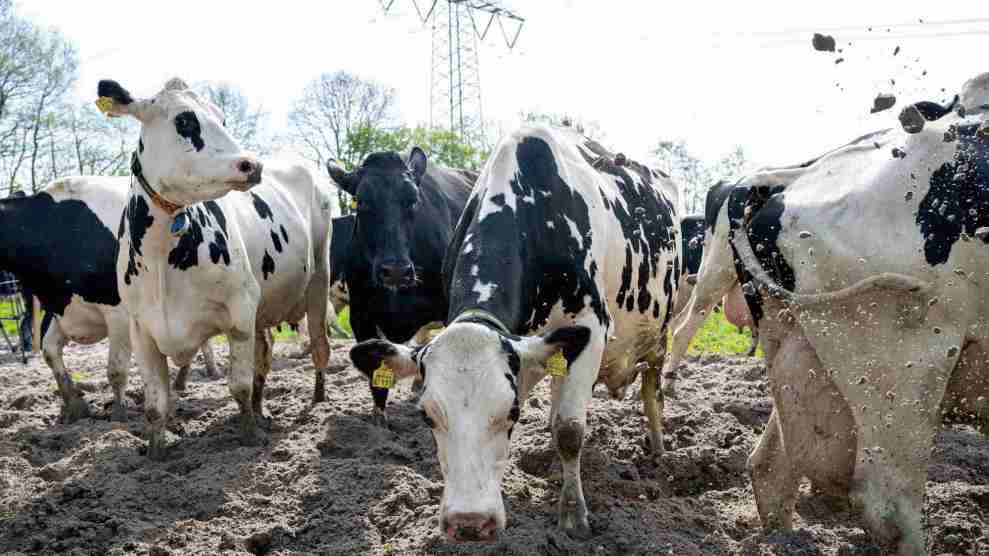Gold mining today resembles dismembering mountains more than panning for nuggets; most mines never unearth a single visible flake. Instead they crush vast amounts of rock, pile it up, and leach out the gold molecules with cyanide.
Mining gold to create a single 1/3-ounce 18-karat ring produces at least 20 tons of waste and 13 pounds of toxic emissions.
Those emissions contain 5.5 pounds of lead, 3 pounds of arsenic, almost 2 ounces of mercury, and 1 ounce of cyanide.
Across the globe, Newmont crushed and disposed of more than 700 million tons of rock in 2004.
In 2005, Route 766 in Nevada was partially buried by an avalanche involving 10 million tons of waste from a Newmont mine. In Romania, more than 100,000 tons of toxic waste spilled from the Aurul gold mine in 2000, contaminating the drinking water of 2.5 million people and killing at least 1200 tons of fish.
In 2002, the Bush administration changed regulations to allow mine and other industrial waste to be dumped in waterways.
The world’s top gold producers (in descending order): South Africa, the U.S., China, Australia, Peru.
Top consumers: India, China, Turkey, Italy, the U.S.
According to the No Dirty Gold campaign, which signs up jewelers to demand better mining practices, the only way to buy “clean” gold is to opt for vintage or recycled jewelry.



